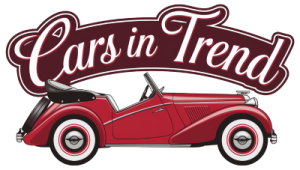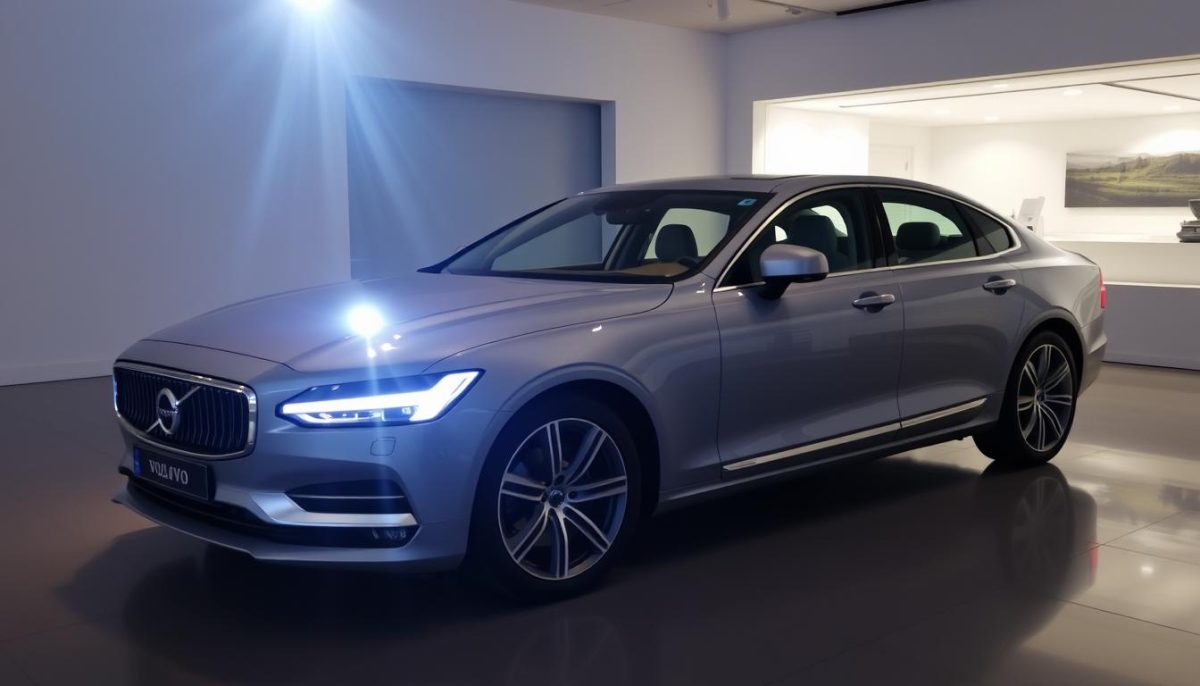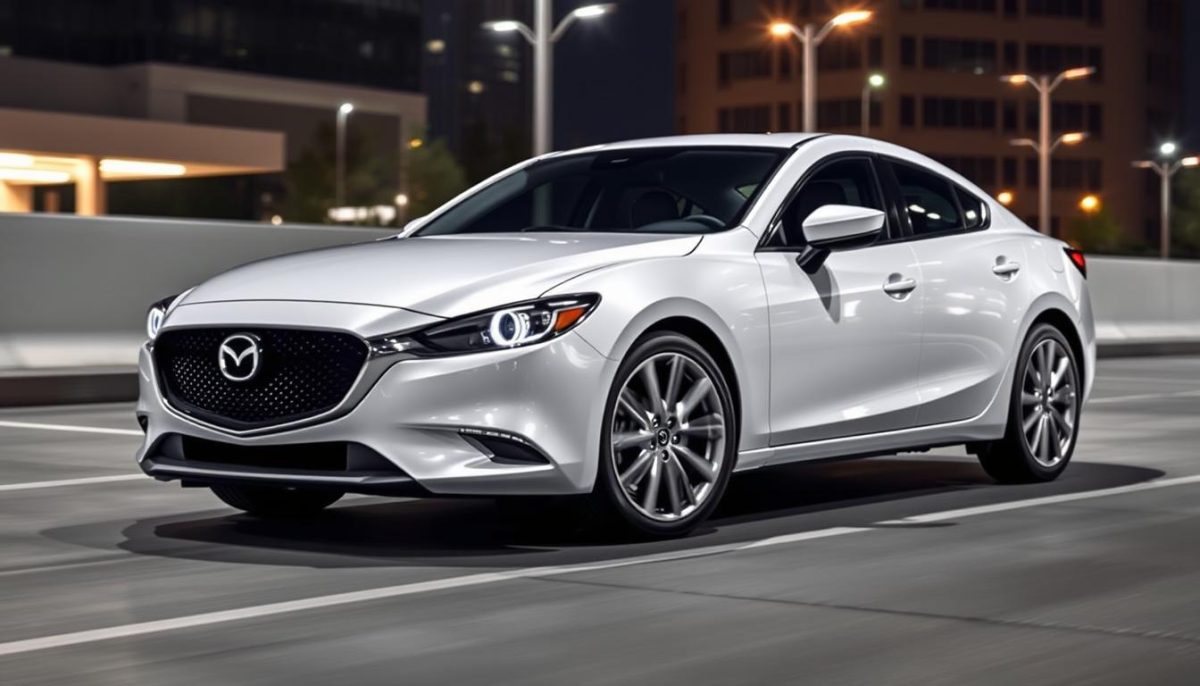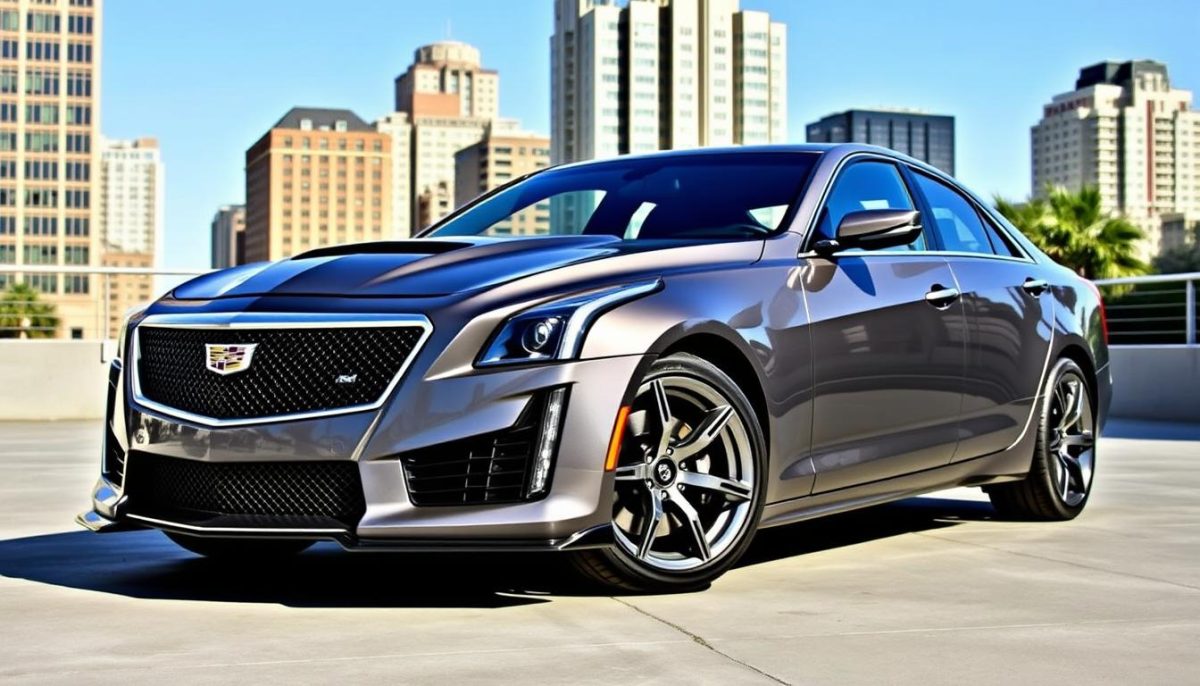The automotive industry has seen a notable transformation in recent years, and with it, the 2017 Volvo S80 has shifted from a position of priority within the company’s lineup. As consumer preferences evolve and competition intensifies, Volvo model changes have become essential to maintain market relevance. Historically, the Volvo S80 represented a blend of luxury and performance, but the declining sales in the luxury sedan segment prompted Volvo to re-evaluate its focus. This strategic pivot underscores the broader automotive industry trends favoring SUVs and crossovers, which now take the leading role in Volvo’s offerings.
In this article, we will explore the implications of this shift for the 2017 Volvo S80, analyzing its new status within the company and what this means for current owners and enthusiasts alike.
Understanding the Shift in Volvo’s Focus
The automotive landscape has experienced significant transformation, pivoting towards preferences for SUVs and crossovers rather than traditional sedans. This shift reflects changing consumer priorities, including a desire for family-friendly features, larger cargo capacities, and an emphasis on fuel efficiency. Volvo’s approach must adapt to these evolving vehicle trends to remain competitive.
The Evolving Automotive Landscape
According to market analysis, the sales of SUVs surpassed those of sedans for the first time in 2016. This development spurred manufacturers to realign their offerings. Volvo’s rich history of prioritizing safety and luxury requires substantial brand adaptation within this context. As consumer demands evolve, the need for Volvo strategies that embrace these shifts becomes essential for maintaining market relevance.
Volvo’s Market Strategy Changes
In light of these industry changes, Volvo has reassessed its vehicle lineup to ensure alignment with consumer preferences. A recent press release indicates a strategic focus on electric and hybrid vehicle production. This commitment to sustainability resonates with modern drivers, further demonstrating Volvo’s flexible market focus. The introduction of new models targeting a younger audience showcases the brand’s commitment to performance and practicality, moving away from traditional luxury notions.
Resource Reallocation and Future Direction
Volvo’s decision to reallocate resources towards models such as the XC90 and XC60 reveals a proactive response to the shifting automotive landscape. By streamlining production efforts, the company aims to enhance profitability while continuing to uphold its reputation for safety and stylish design. The focus on luxury vehicles, paired with a clear vision for future offerings, reflects Volvo’s determination to navigate an increasingly competitive market successfully.
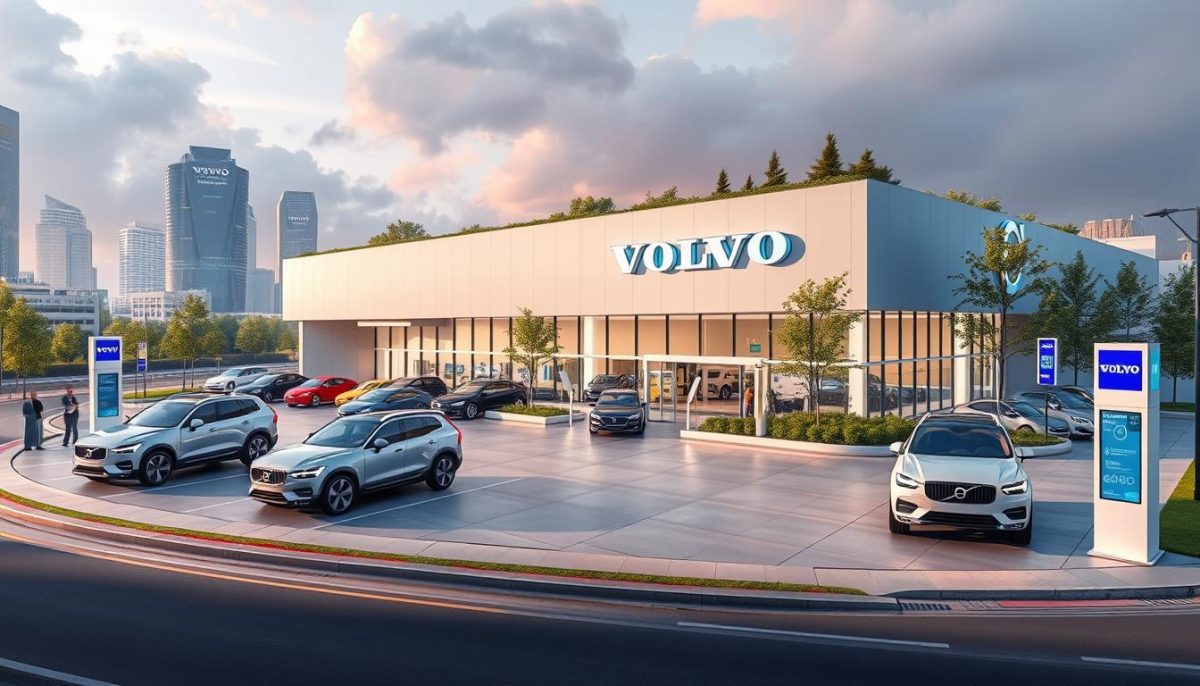
2017 Volvo S80 No More A Company Priority
The deprioritization of the 2017 Volvo S80 reflects significant shifts in the automotive market and strategic decisions within Volvo. This model, once a flagship sedan, now finds itself eclipsed by changing consumer preferences. As people favor SUVs and electric vehicles, the reasons for deprioritization become clear.
Reasons Behind the Deprioritization
Market trends indicate a substantial move away from luxury sedans towards more adaptable vehicle options. The declining sales figures for the S80 highlight Volvo’s struggle to compete against rivals like the BMW 5 Series and Audi A6, which have adjusted better to current demands. Volvo strategy changes have led to a focused effort on SUVs and new models that meet the evolving needs of consumers.
Impacts on Current Owners and Enthusiasts
The S80 discontinuation raises concerns among current owners and Volvo enthusiasts. Many are worried about the decreasing resale value as the model’s support diminishes. Online forums show sentiment among owners discussing the community impact of deprioritization, with a notable sense of loss regarding the future of their vehicles. Enthusiasts feel a disconnection as the brand pivots away from its traditional sedans, questioning how this will affect the Volvo legacy.
Alternative Models in Volvo’s Lineup
As Volvo shifts focus, several Volvo alternatives are gaining traction in their lineup. Prominent among them are the XC60 and XC90, both of which boast enhanced features such as state-of-the-art safety technologies and spacious interiors perfect for modern families. The anticipated launch of electric vehicles like the XC40 Recharge illustrates the brand’s commitment to eco-friendly options. Volvo’s strategy clearly emphasizes models that embrace versatility while integrating luxury elements traditionally associated with the brand.
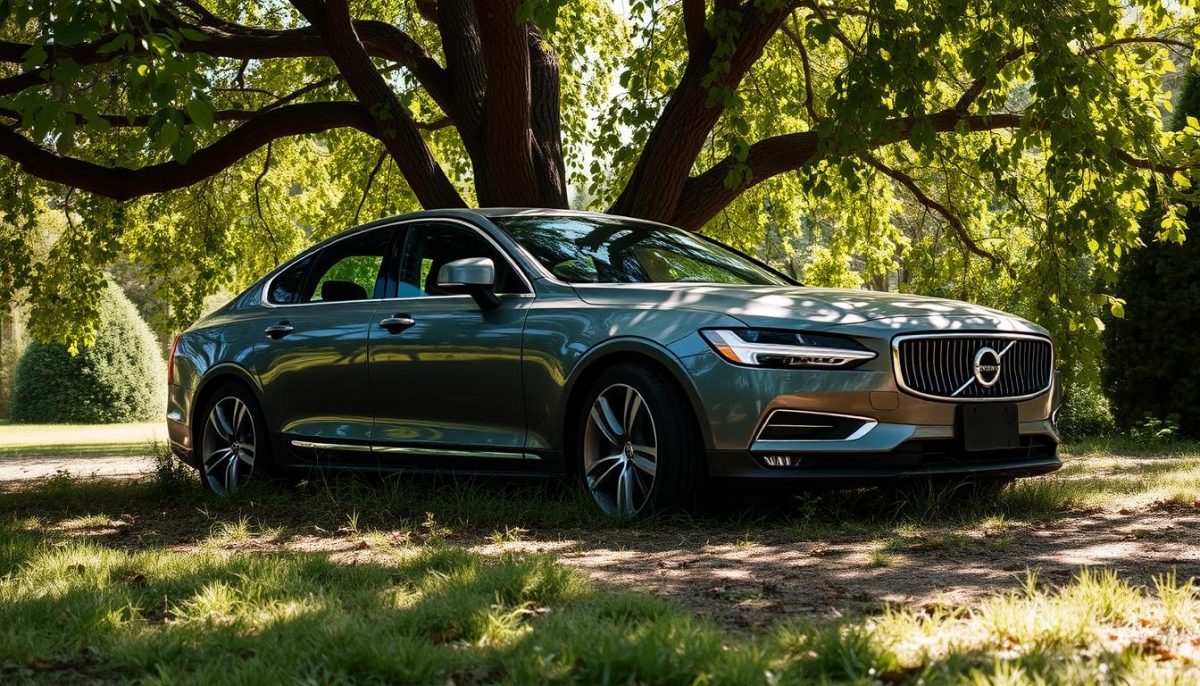
The Future of the Volvo S80
The future of the S80 remains uncertain as Volvo shifts its focus toward electric and hybrid vehicles. Despite the wind-down of production, the S80 has made a significant impact on the brand, showcasing a remarkable Volvo legacy of safety and design that continues to influence upcoming models. While it may no longer be at the forefront of Volvo’s offerings, the essence of the S80 lives on through innovations that inspire new designs and technologies.
As automakers navigate the evolving landscape, Volvo’s strategy reflects a broader market positioning that favors sustainability and advanced technology. This pivot does not discount the importance of sedans like the S80. Instead, it opens the door for a potential reimagining of luxury vehicles, one that could integrate the qualities that have made the S80 a beloved choice among customers in the past.
With its commitment to preserving brand identity, Volvo is likely to incorporate elements of the S80’s heritage into future models. Existing owners and enthusiasts may see their fondness for the S80 reflected in new vehicles that aim to resonate with diverse customer bases. Ultimately, while the S80 may not dominate the company’s spotlight, its legacy will undoubtedly play a role in shaping what comes next for the brand.
